-
Posts
1,337 -
Joined
-
Last visited
Content Type
Forums
Detector Prospector Home
Detector Database
Downloads
Everything posted by EL NINO77
-

Thought I Would Post What Happened Today.
EL NINO77 replied to Mark Gillespie's topic in Metal Detecting For Coins & Relics
Here... it is not only the perceived speed... of the detector... but unmasking in iron "or in mineralization" or also in strongly conductive terrain... Here, standard 11" coils may have their limits... because they cannot work well enough in such situations... ....do you think a standard coil can do it? Mark, one of the ways to find out more is to try to use an 11" standard coil on the F75 and see if the F75 will continue to work effectively... -

DD Eclipse Coil - Need Advise
EL NINO77 replied to TC-AZ's topic in Metal Detector Advice & Comparisons
https://www.detectorprospector.com/topic/14011-anyone-using-a-7-dd-ultimate-detech-coil-how-does-it-perform/#comment-141690 -
Force 1500 is surprisingly exactly the ID on the coins ...Simon. .And as for the pellets and their *VDI 00, I think it is confirmed that the PI detector really sees the lead alloy weaker than gold nuggets of a similar size, because these have a significantly higher VDI 12 number...... even the VDI for various lead bullets are somewhere where I would expect it...👍
-
Taz....Now... now we can ask 2 questions: 1. What will Force1500 do .... and can't do HF VLF? 2. And what will the HF VLF do that the Force1500 won't do...? Here, the type of terrain will decide, ... mineralization and hot... and ..could rock...
-
In northern Slovakia, we have so-called sandy forests, although the situation can change after driving a few kilometers, and you will reach a band of sand and clay...or stone mineralization.... A similar situation also occurs in Spain, where I have terrains that are very light, even terrains with red soil.. or stony soil.. which are really mineralized.. but be careful... even in easy terrains, the size of the coil can be a limiting factor... and let's say that if you want to achieve the best depth results, you have to use larger 13-15" coils.. 11" coils simply lose performance on the deepest targets.. That's why I'm very interested in how different detectors work in such areas... and what the practical depth of detection is... Jeff's tests are generally conducted on heavily mineralized ... and it's really good to compare how different excellent detectors work in these conditions ... It will be very interesting to see. if Jeff has the opportunity to compare PI detectors on larger coils...
- 25 replies
-
- minelab gpx
- garrett axiom
-
(and 1 more)
Tagged with:
-
"Golden Forest "-extra mineralized magnetite terain-- 6-7 bar Fe3O4 mineralizacion measured Teknetics G2.. ..---------------------------------------------------------------------- .....Alain, you are definitely using a test box that already has a moderate degree of mineralization... and therefore your results will be 20 or maybe even 25 percent less than it would be in the case of a test box with pure silica sand.. This only indicates how the depth of detection can change in a different type of terrain... Since I myself have and use my low-mineralized test field, I can accurately assess the real range of various detectors in my test field... even a very deep 25 mm coin such as 50 eurocents is stably and regularly detected with good detectors with large 13"-15" coils on 38-39cm deep, which is 15.5" inches... Really amazing results.. But my colleagues have another 5-6 different mineralized.. test fields.. and there the depth of detection changes quickly according to the level of mineralization of the terrain.. since we also have an extra strongly mineralized terrain "Golden forest" .. it is at least at a similar level to Jeff's, it is really good to see how the results of his test really turn out to be similar to our results of the test of various vlf detectors .. or PI detector ..
- 25 replies
-
- minelab gpx
- garrett axiom
-
(and 1 more)
Tagged with:
-
When we tested various VLF detectors for a small 18.5 mm -3.2 gram nickel coin in a very light forest terain /mainly sand terain/... the best detectors there reached a depth of correct detection for a weak but still repeatable good signal somewhere on the border of 34-35 cm. .. the total detection range of the various detectors was from 26 cm as the weakest result, for other good detectors on 9" coils, 11-13" coils the detection range was somewhere at the level of 29-30-32 cm depth of detection..but they are almost an ideal detection environment from the point of view of depth of detection.. That's why it's always interesting for me to see Jeff's tests of his detectors in his heavily mineralized terrain.... which can really change the depth results of different detectors...
- 25 replies
-
- minelab gpx
- garrett axiom
-
(and 1 more)
Tagged with:
-
George...It will be good to see what this Analogue detector can do.... I still had the opportunity to detect with digital AKA Signum and AKA Intronik... I will say very powerful detectors ....
-

GPX 5000 Or 6000 On 2 Gram Nugget?
EL NINO77 replied to Detecting with CM's topic in Detector Prospector Forum
Andrew, I will tell you.. that you have done a very interesting test... When you wrote that the Deus 2 on the 11" coil did not detect any of the tested targets... it is obvious that this terrain is really difficult and extremely difficult.../ even if the mineralization meter of the Deus 2 is at half of the mineralization scale/ Furthermore, it is also interesting how quickly the detection properties of PI detectors change in relation to the depth and size-weight of the target... Another surprise in this test is the finding... that the depth of 14" on a 1.5 ounce 0.58 Minie bullet is probably the limit even for 11" coils with such very good PI detectors... I have one question... can you publish a picture of a 0.95 gram gold nugget..._? I am interested in the shape, size and structure of this nugget.. Thank you for this test...👍 -
Disc setting of the IAR disc can first of all change the discriminative properties, for example, when identifying iron.. where setting the IAR to 5... will most reliably identify iron... on the other hand, setting the IAR discrimination too high when detecting small non-ferrous targets in mineralized terrains can lead to a more ferrous or even ferrous response to these targets.
- 19 replies
-
- relic detecting
- relic found
-
(and 1 more)
Tagged with:
-
Thanks for another interesting test...Jeff ... ....as well as your thoughts on how the tested detectors performed on the targets... It was also interesting for me to compare the low-conductivity 5-cent Nickel and the high-conductivity Quarter on American coins... it can be shown, in my opinion, that both Axiom and GPX detectors are somewhat optimized for low- and medium-conductivity targets such as gold... even though they don't have a problem and they can also detect a highly conductive target like Quarter... Furthermore, it turns out that VLF detectors definitely have limits in such a field...and the use of a PI detector can really help there. I see this area as a very good place for testing VLF detectors... because here you can very quickly see differences in how different models of VLF detectors work on such complex targets....
- 25 replies
-
- minelab gpx
- garrett axiom
-
(and 1 more)
Tagged with:
-

Not All Gold Tells The Truth
EL NINO77 replied to Lead Detector's topic in Detector Prospector Forum
Basically, it is about 2 tested targets with different time constants, so the lighter 0.5 grain .. but the larger target produces a higher time response and is therefore easier to detect for ATX.. This 1.1 grain nugget, from the point of view of its smaller size as well as its shape and gold content, may have a smaller time constant - beyond the possibility of ATX detection.. If you want to detect extra fine targets with ATX - you have to increase the sensitivity of the detector as well as set the threshold high to the value of 12-12.5 .. on this detector because a really high threshold setting will allow you to hear very small targets...ATX with a small 3X7" infinium coil can hit the finest targets even further than a 10x12 DD ATX coil.-/0.01 gram gold/.. ...you can also notice that small and flattened lead shot number 9 are not detected, because the lead alloy has a significantly lower time constant than pure 24k gold... ATX 12x10" DOD coil.. ---------------------------------------------------------------------------- ATX with a small 3X7" infinium coil can hit the finest targets/0.01gram gold/ even further than a 10x12 DD ATX coil... -
Well, we can go further and we can explain how it is with the VDI rock for detectors... Anyone who has been using detectors for a long time knows that many detectors use the classic VDI scale : Note where the nail zone is... Rutus VERSA uses a similar VDI scale as Whites... with the fact that it has a shortened scale that goes up to -29 ... ------------------------------------------------------------------------------------------ now let's move on to Legend and its VDI scale https://www.iratemetaldetectors.com/product-page/nokta-makro-legend-target-id-bible All VDI numbers from 1VDI to 11VDI are iron zone.... if you have tone break set in that VDI zone .. then you have it set so that the signal from the iron zone sounds like a non-iron signal... / so you are also working with "negative discrimination" / and XP Deus uses this VDI scale:
-
Jeef..have you tried increasing the IAR disk in the gold program in Deus 2?..from 0 to 1,2,3 and with what results?. on nuggets and from the results on coins... The mineralization meter on the Deus 2 indicates... that even a VLF detector can be reasonably successful here..But I also believe that PI detectors Axiom and GPX 5000...are simply better here and have a better depth reserve ... Thanks for this test and comparison.👍. ...but like others, I'm also looking forward to your next in-depth detector test in this field...
- 6 replies
-
- xp deus 2
- minelab gpx
-
(and 1 more)
Tagged with:
-

Axiom, Outrageous Settings That Work In Black Sand
EL NINO77 replied to Knomad's topic in Garrett Metal Detectors
Setting the threshold determines the limit where the detector will not yet respond to the ground signal, but can already give an audio response to the reception of a signal that exceeds the limit... of the set threshold... At a low set threshold, the detector will be slightly sensitive to the ground signal,,, and will be very stable. But to detect the target, you will need a stronger signal from the target....-so that this signal breaks through the low set threshold level....because like this the set detector is even slightly sensitive to very weak target signals... It's something for something.. therefore, with a low set threshold, the detector may not detect very small and weak signals... but it will detect larger and stronger signals from targets... On the contrary, if you increase the threshold, you increase the sensitivity of the detector to the ground signal... but at the same time the sensitivity of the detector to weak signals from the targets... but be careful... with a high threshold set, a strong ground signal can cross the threshold as a detected signal, what will happen like this a high-set threshold will make the detector unstable on the given terrain... -
The target ID function may not be a bad thing on this Pi detector... I wonder how the Force 1500 will identify small lead pellets with the help of target ID, for example, and under what ID similarly small gold... But in any case, it can be quite a useful function... even for coin and relic seekers... I myself often dig for coins and relics first that are in a certain VDI range .. /VDI of coin targets that occur in the given terrain/...and during subsequent detections I lower the VDI limit to a certain range .. where, for example, pieces of small coins.. This is where this Target ID feature could come in really handy... In any case, the Force1500 can be an interesting detection machine.....
-
Simon.. you have a very good observation... different CDs and DVD-Rs really have variations in the thickness of the metal recording layer... that's why I also chose a CD that is less visible during the tests - it has a finer recorder and detectors in the Beach programs they don't see or detect this CD anymore... As a second disc.. for the 2-stage conductivity detector testing.. I chose the DVD-R disc because it has a significantly stronger metal recording layer... and therefore it is also better visible on the detectors in the Beach programs... this allowed me to do a 2-step comparison of any program or detector settings for conductive terrain.. In this way, for example, you can easily find out the level of resistance of a given program and setting .. when detecting on a conductive field .. And what is most important .. you can transfer this knowledge .. only in real detection on some terrains .. Some terrains can be medium-difficult terrains when dry...the situation can change if the terrain is also wet or wet...so different salinity, ash, calcium, ceramics, and civilized deposits create really difficult conditions for proper detection...remember who cold rock, of which there are many... and you have an excellent test environment .. to test the detector.. Rutus ATREX in the test field on a multi-frequency program with elimination of field conductivity.. or another example is here:
-
When I bought Rutus Alter 71 v2, which passed such a 3D test perfectly, I already knew that it would be a really excellent unmasker..Further ground 3D separation tests on coins at different depths in the field and detection only confirmed it... Thin 2cm -0.90 gram 9K gold ring in Such a 3D separation test is a really challenging target.
-
ORX is one of the standards of 3D separation,,, but detectors from the Alter71, ATREX and VERSA series are also excellent in 3D deep separation... ALTER 71 found and unmasked the most gold coins for me /11 coin / ,,.Equinox 800 /3 coin / ATREX other /4/.. those. mostly disguised by iron... Such are my experiences and detection practice...
-
Iffy, I don't know if the Legend will work better out of the box when it is set to tone break 10...
-
Iffy, I'm honest... in October of last year, I did a comparative separation test of VERSA on the NC software with my ORX with a 9hf coil .. ..a small nickel coin is placed at a depth of 11 cm/middle placed green ruler /..between two nails that are on the surface of the ground.. ORX.. ORX coil sweep by 90 degrees... ------------------------------------------------------------------------------------------------ And now we will say .... where did I make a mistake in the tests..? . I set each detector so that the test reaches the limit where the detector can reliably discriminate these nails... so they are at the same starting position...!!!
-
Greetings.. Mike.../Iffy Signals/ if you have read this whole thread then you know what I mean... as a tester of Atrex and VERSA I know very well where the limit of discrimination of iron...and non-iron targets is with these detectors .... And not only with Atrex and VERSA, but with the other 25 detectors that I own... and I know what each detector can do not only in synthetic tests but also in practical detection in the field... Iffy, you think you have as much experience with the VERSA detector... as Testers.. who have been testing and detecting in the field with this detector for more than a year? I have been using Rutus detectors since 2012... so I know the settings of these detectors very well... where these detectors used negative discrimination... If you read this Thread, you will understand how sound profiles are set in VERSA.. As a detector Tester... she will certainly be interested in the practical Test Versa on the really difficult Top Digin test field where many targets are stored as separation targets... The test was done by the owner of the test field ..Mike"...who is a Minelab Manticore Field Tester .. The VERSA software is still being worked on, it is a continuous process where emphasis is placed on various aspects of the further improvement of the Rutus VERSA detector.
-

Coil Charging Problem - XP Deus 1 HF 10x5"
EL NINO77 replied to phrunt's topic in XP Metal Detectors
The position of the external battery in the HF coils is not a bad idea... because you can use, for example, a battery with a larger capacity in the future, but also the aspect of easy replacement of the old battery for a new one.. at any time and that's what I really like about HF coils.. I even thought that XP would go in this direction right at the multi-frequency detector... but let's face it... such coil malfunctions don't happen every day, I'm rather reacting to the fact that I'm far from home... and I can't compare this coil on my second ORX detector... -

Coil Charging Problem - XP Deus 1 HF 10x5"
EL NINO77 replied to phrunt's topic in XP Metal Detectors
Simon, I have the same problem with the 5.5x9.5" HF coil as you ... after I went to Spain, I could no longer connect it to the ORX RC unit... I tried to disconnect the battery of the coil "and measure its voltage", the battery voltage was fine,,, I even disassembled the Rc unit.. and disconnected the connector from the battery of the *RC unit. ORX...but I still no managed to connect the coil from the RC ORX unit..

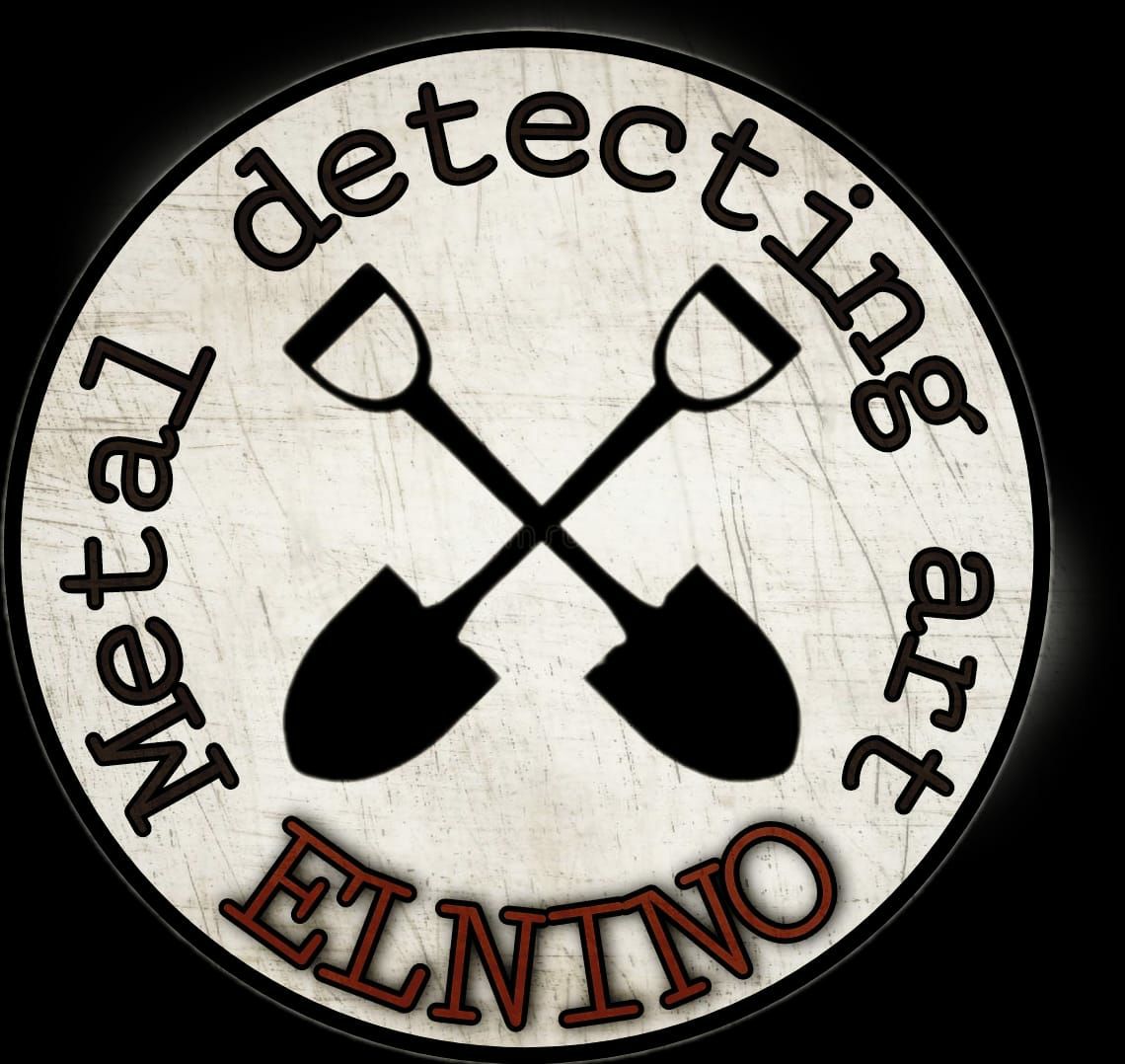
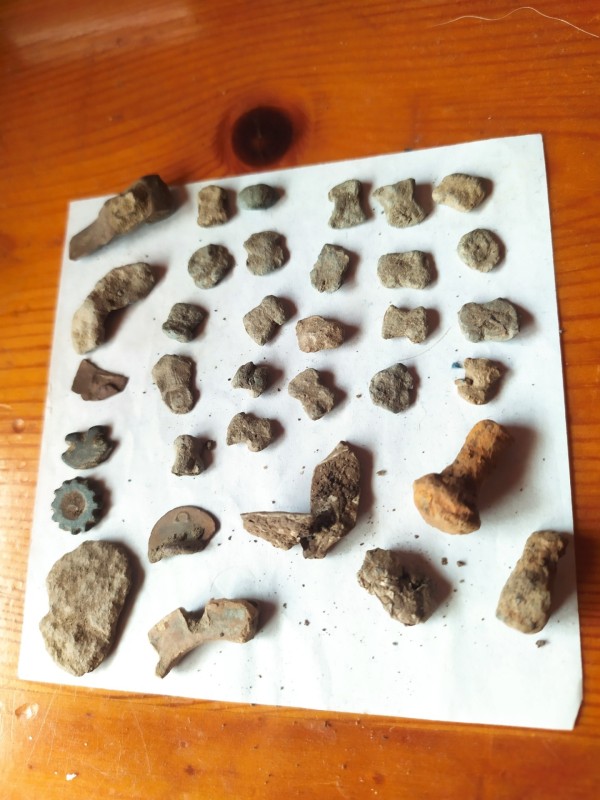
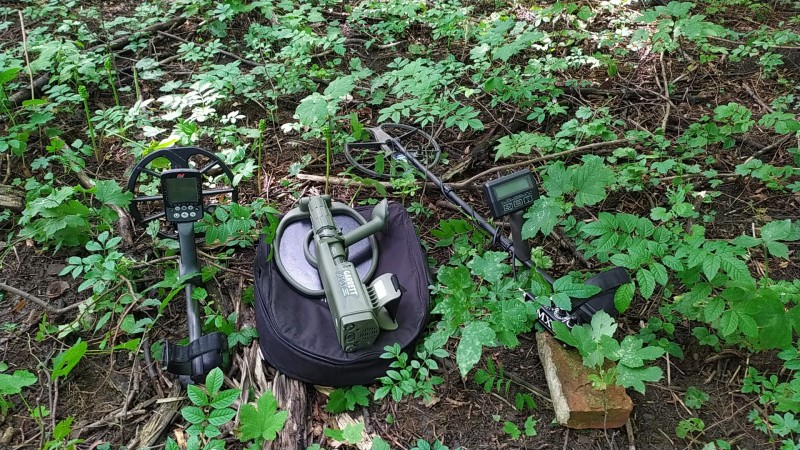
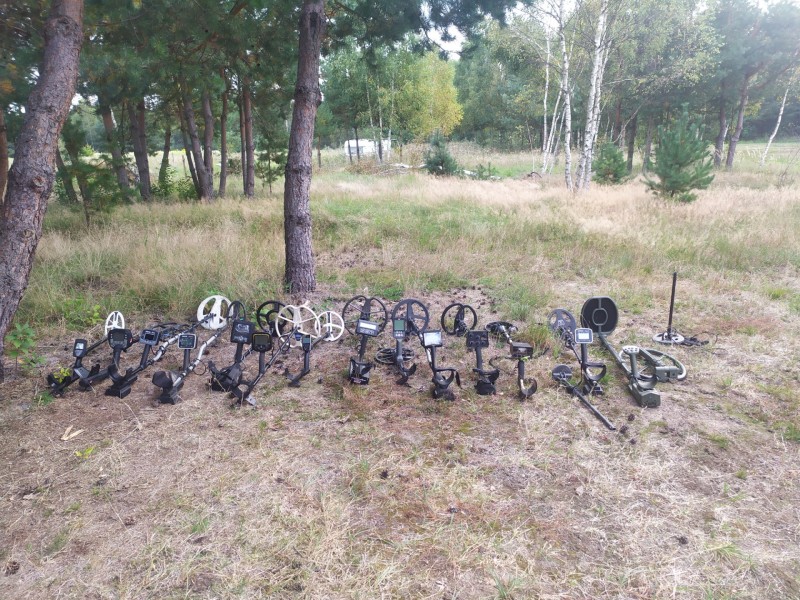
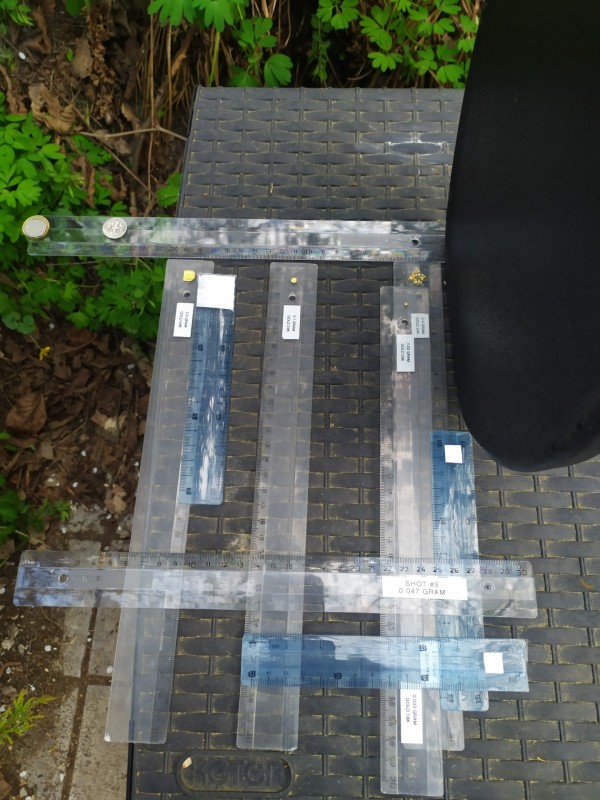
.thumb.jpg.e154a38cb9bafc28144edb230e5f47bf.jpg)
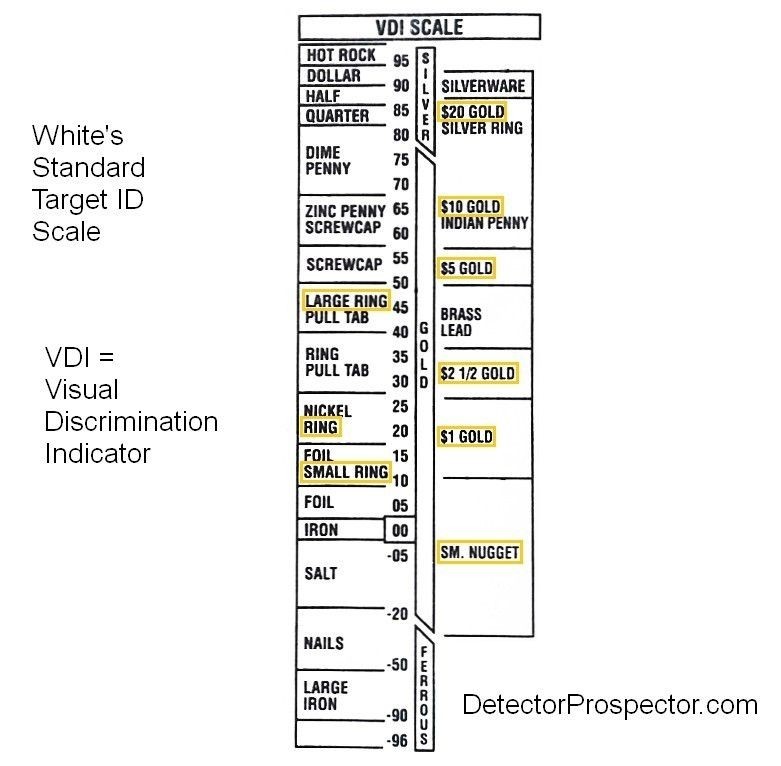
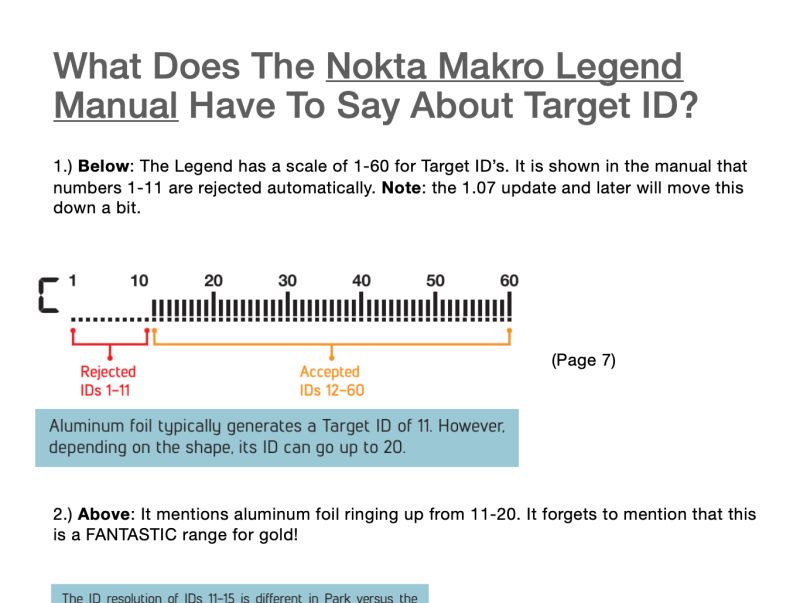
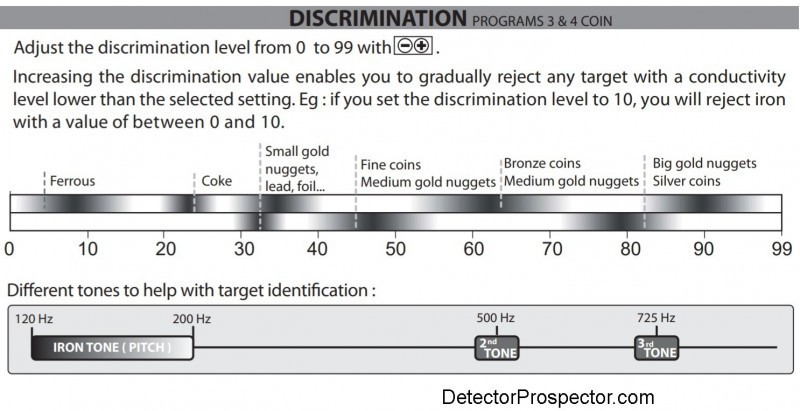
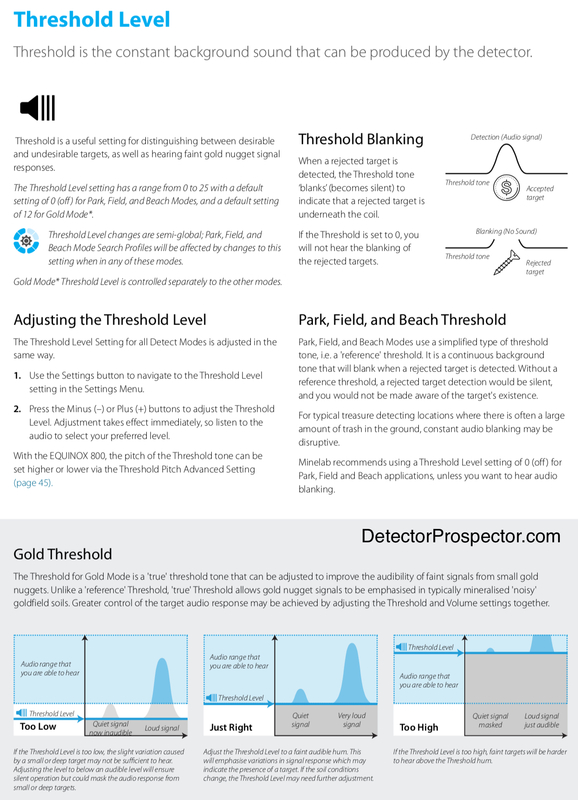
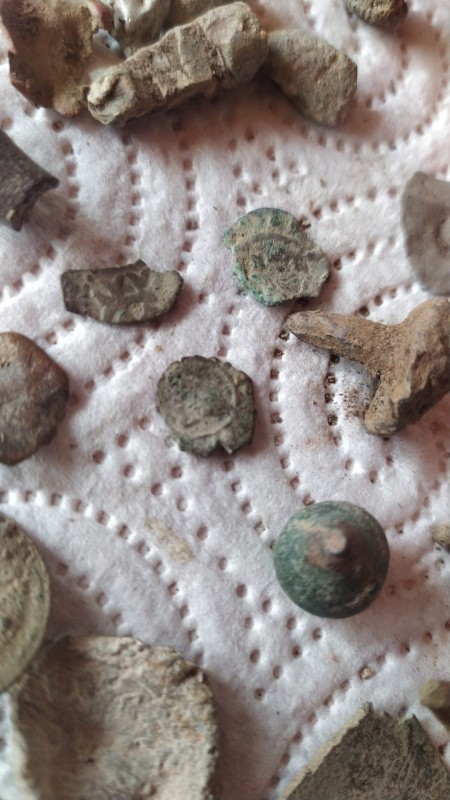
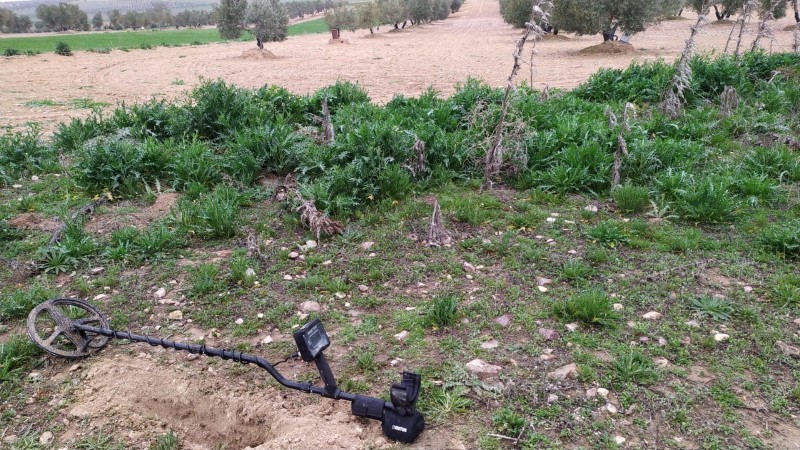
.thumb.jpg.4213116fcdd9e474a06b611fa6f3b9f1.jpg)
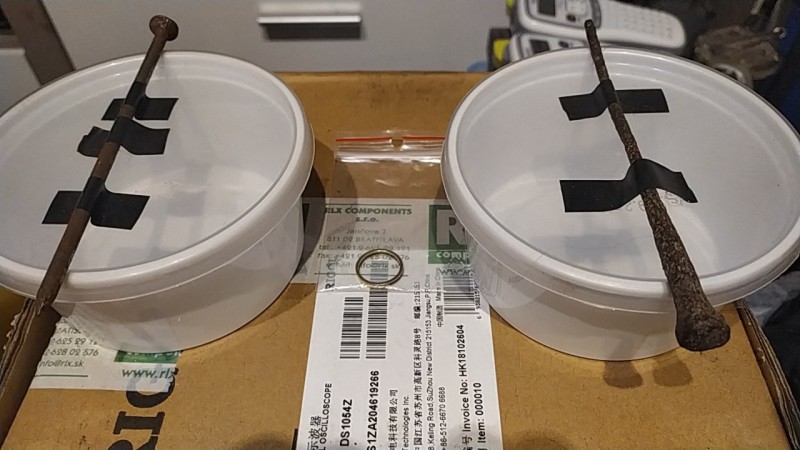
.thumb.jpg.f548f47dd240a01112db2079a076d1e9.jpg)